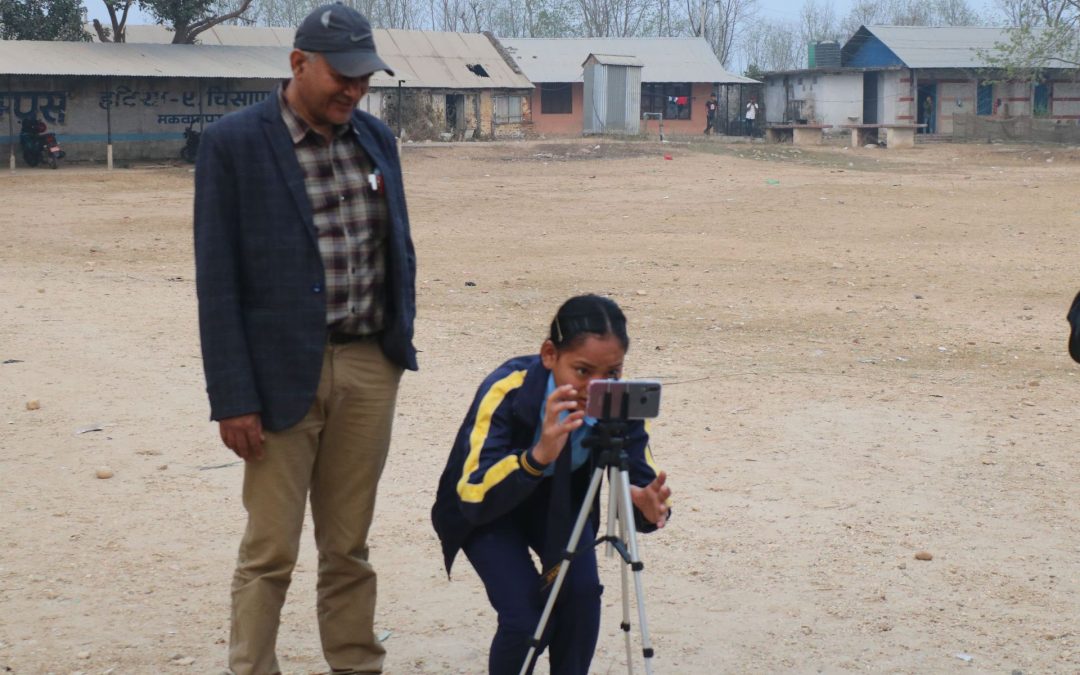
Experience of Curriculum Implementation in Palpa, Nepal – Tirtha Prasad Gautam
Author:
Tirtha Prasad Gautam
Focal teacher, Janapriya Child Club
Janapriya Secondary School, Tansen Palpa Nepal
Member of Curriculum Development Committee, Tansen Municipality, Palpa
Edition: Camilo Soler Caicedo

Caption: Activities in Palpa and Kanchanpur District
Nepal is a beautiful mountainous country. The Himalayas are full of diversity as they are a combination of mountains and plains. Being a country with about 123 castes and 125 languages, it is also culturally rich. Nepal is the country of the world’s highest peak Mount Everest, the messenger of peace, Gautama Buddha, and Pashupatinath, the idol of Hindus. About 10 religious sects live in Nepal, the land of nature priests. Although not rich in terms of population and geography, it is a rich and prosperous country in terms of diversity, my dear motherland Nepal.
Palpa district is located in the middle of Nepal, extending 1000 km east-west and 200 km north-south. My school Sri Janapriya Secondary School is located in Tansen Municipality, the headquarters of this district. Janapriya Children’s Club is actively established for the development of the multifaceted talents of the students of this school. Janapriya Child Club, a project run by the Mobile Arts for Peace (MAP) project under the initiative of the Human Rights Film Center, has been running within this school and service area for the past two years. I would like to thank the MAP and the school administration for being associated with this project as I myself am the focal teacher of Child Club.
After the MAP project was implemented in the school, it was felt that there was a difference in the activities expressed by the students. Not only did students’ learning and achievement rates improve, but their ability to take social responsibility also changed positively. There was a radical change in student participation in all school activities. The children’s club started to organize the Friday program which is conducted every week. Children’s bulletins were published fortnightly. Cleaning of the school premises, construction of gardens, pasting of posters and pamphlets against superstitions and stereotypes started. Students began to present their expression through art. The environment of the school has become very beautiful by putting their words through paintings, short stories, plays, poems, songs, comics, movies etc. It has been realized that learning life and art are complementary to each other. Various practices have proven that no matter how complex a problem is expressed through the medium of art, it becomes easier and the initiative to solve it becomes easier. There was a lack of hygiene materials available in the school. One day, there was a discussion in the office about the picture of Kucho, which was given to the headmaster as a gift by the president of the children’s club. No, why this picture of Kucho came as a gift, and the class teachers said, there are not enough materials needed for cleaning in the classroom. It was concluded that their demands should be met soon. On the same day, after office hours, the headmaster asked the accountant to bring 12/12 bins for dust collection and collection baskets. The moment when the students greeted with loud applause when it was made available during tomorrow’s prayer time is still fresh in my mind. That’s why I like to say that art is an indispensable part of teaching and learning.
Meanwhile, the Government of Nepal issued a circular that all local levels should create a local curriculum of 100 full marks and implement it from the next academic session. Tansen municipality formed a 9-member curriculum development and writing committee including me. A time limit has been set for creating the curriculum to be implemented from the next academic session. We asked the team to work to create the curriculum and created a plan and schedule. According to the schedule, we Swaroop car owners conducted direct meeting, interaction and meetings. Meanwhile, the second wave of COVID-19 3 took place. All educational institutions were closed and stopped. Learning, teaching and all activities of daily life took a short break. All the activities in the school were stopped and we teachers were worried. The solution to the problem was not solved due to the mind being disturbed. Let’s remember some of the activities learned while cooperating with MAP Association. . A little hope rose in my heart and I prepared the lesson material accordingly and recorded it on my mobile phone and started connecting with the students. Students also joined enthusiastically. Our presence reached the homes of students through Messenger groups. At the same time, art was used excessively in teaching and learning. A new dimension has been added to the use of art and technology in learning. In fact, in terms of teaching and learning, it can be called work efficiency. But the construction campaign of the curriculum was still in progress. After life became somewhat normal, classes started to be conducted in direct contact.

Caption: Student Practising Mobile Video Film Making – Janapriya Secondary School
As the normal daily life resumed, the local curriculum building campaign came alive again and our committee was revived with effect from the next academic session. Work was being done to collect the expectations of Socar people. Further, the technical experts who embodied it had to be tasked. In two meetings, the means of meeting the expectations of stakeholders were discussed. But finding the right tool was confusing. During this time, we remembered about the Problem Tree. While thinking about that, we started to understand the whole of Nepal and the local environment.
The whole of Nepal is like a miniature Nepal under Tansen Mayor. The caste characteristics, religious, linguistic, etc., are remembered here.
It is felt that MAP has come to solve the problem. Six genres were transformed into fields to make it a reality.
- Introduction to Tansen Municipality
- Tourism and Tansen
- Careers Business and Technology
- Arts and Heritage
- Health Hygiene and Sports
- Moral values and useful life skills
After creating the subject area, if art can be the invaluable fund that connects the teaching and learning method and the evaluation method, for our reason, the theoretical and practical aspects were divided into 50 / 50 percent and the evaluation tool was decided. As a result, opportunities to develop students’ talents through project work were arranged. The curriculum which has been implemented in all schools of Tansen Municipality today.
I think my passion for art would have been comparatively less if I had not been associated with MAP. I have been working as a teacher for the past 29 years. In terms of educational qualification, I have done master’s degree in educational planning and management. However, MAP has realized the role of curriculum development during teaching and learning and educational management. I am pleased with the work of MAP. MAP has taken an incomparable role in the moral and social responsibility of the local curriculum. Its contribution should be properly evaluated and requested for cooperation with contact persons of Nepal Bishnu Khatri, Rajib Timalsina, Pandav Khatri and Mayor Ashok Kumar Shahi. MAP played an important role and the mayor decided to take this project to the executive meeting. In addition, the Municipality has given permission to be the MAP publisher and take the local syllabus for 1500 copies by raising the cost of printing the booklet. As a result, this course has been implemented within the Tansen city area today. I would like to thank all the thinkers who have directly and indirectly helped in making this course. Finally, I will leave by just thanking Ananda Breed, the big sister of us all.
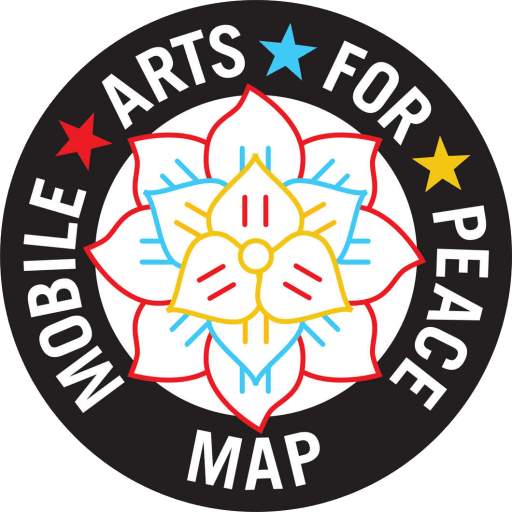
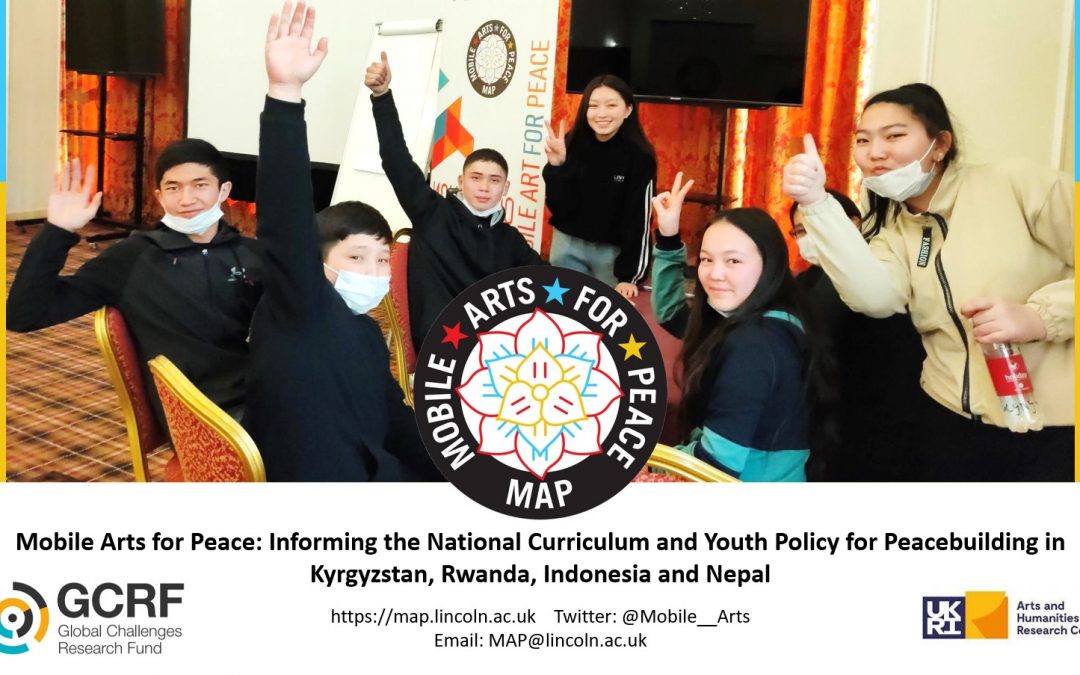
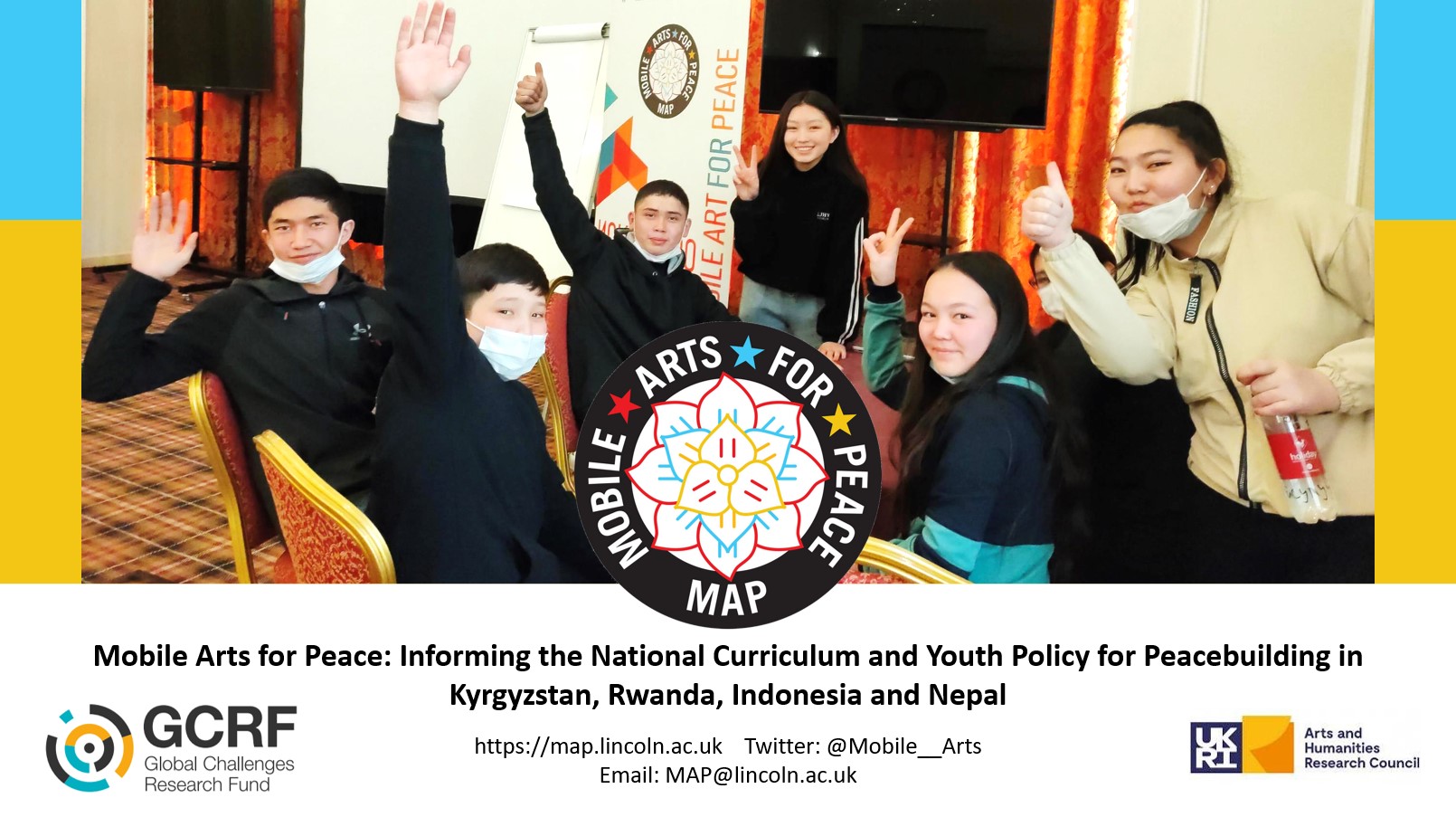
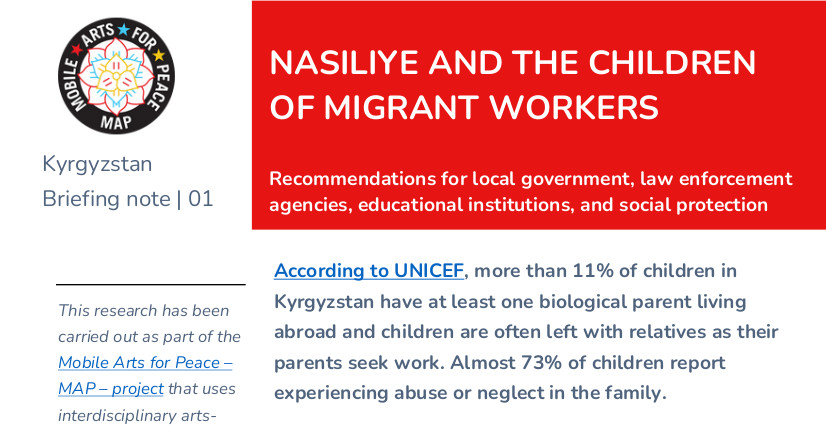

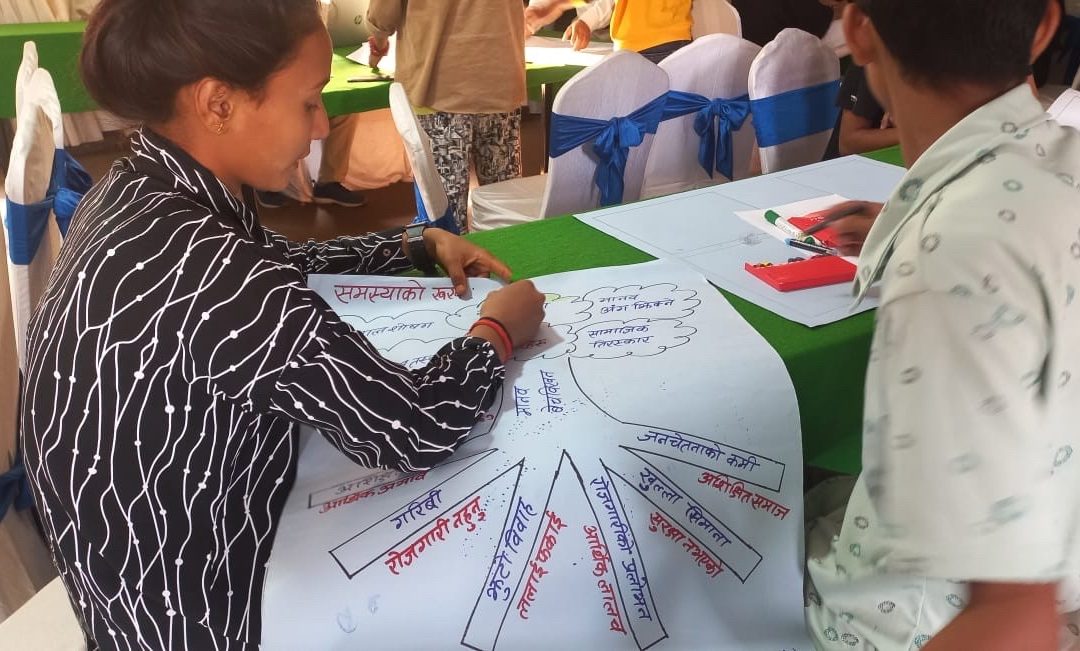
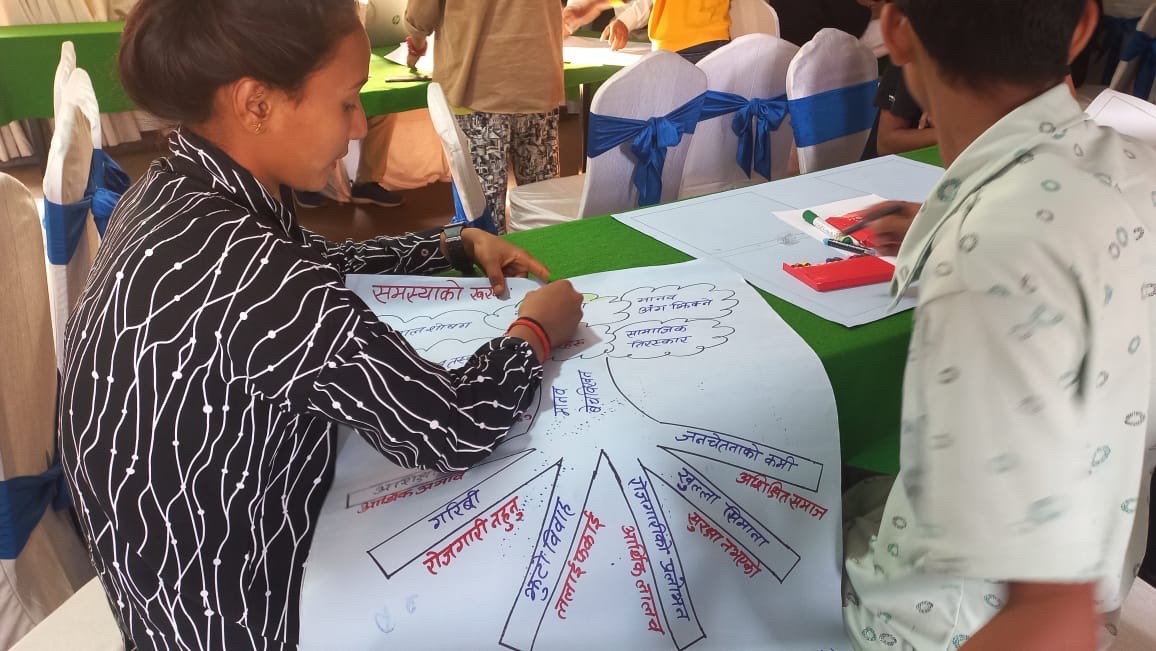
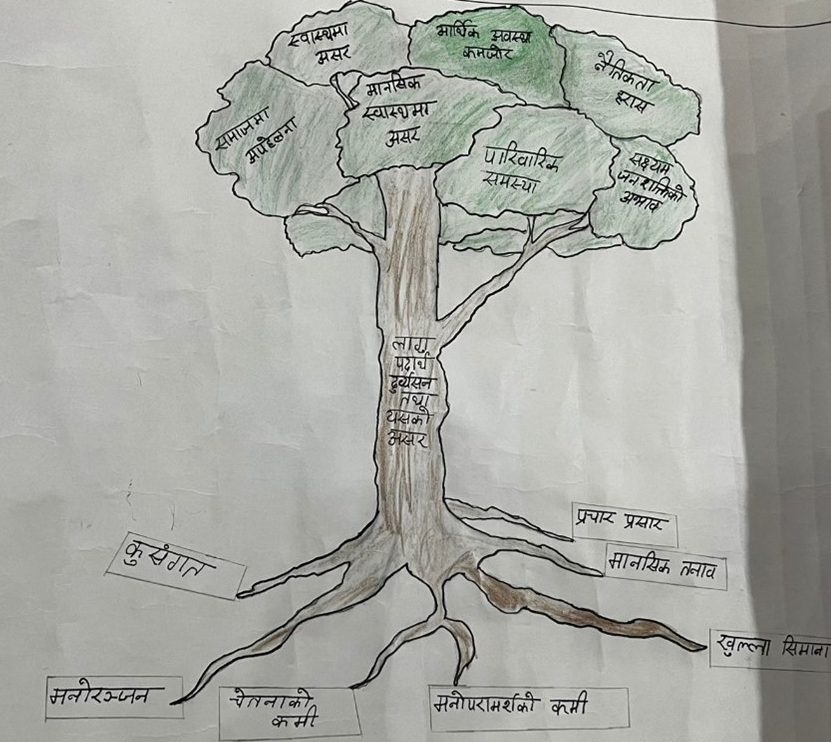
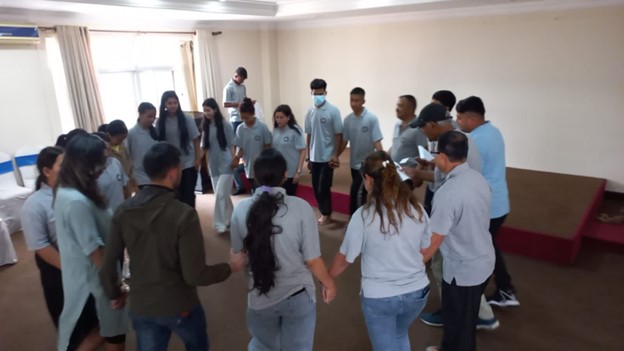
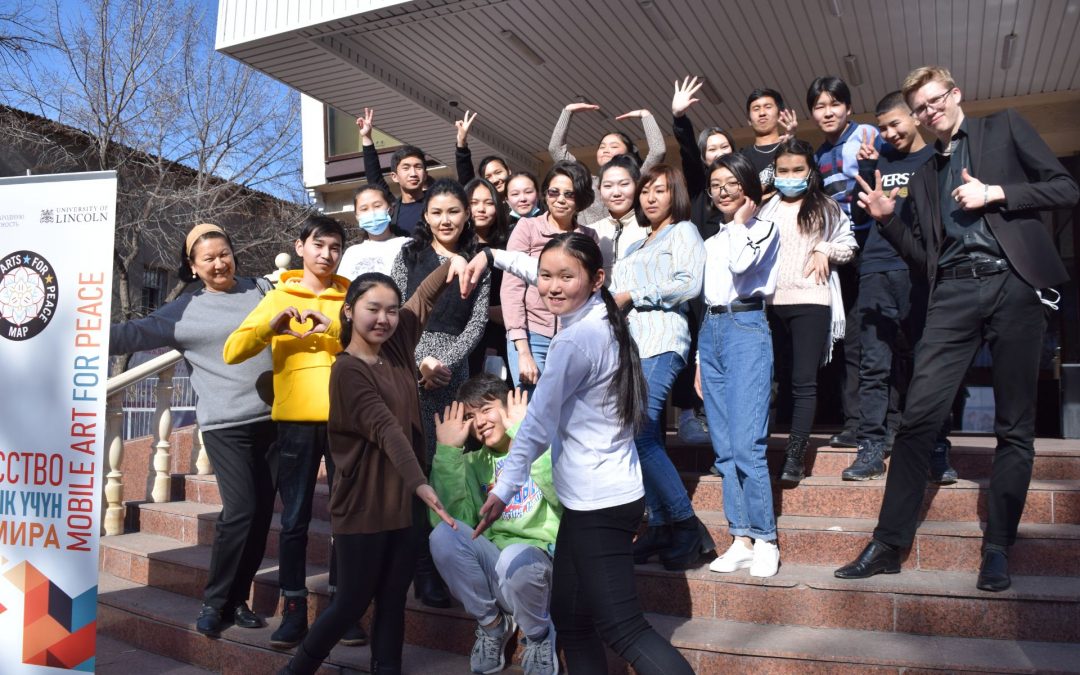
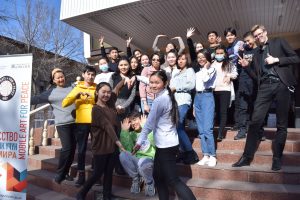

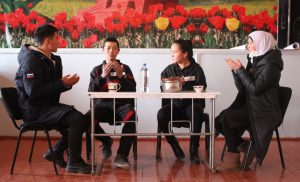
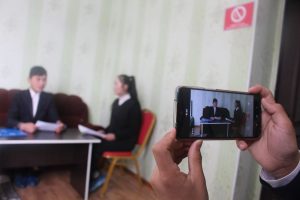
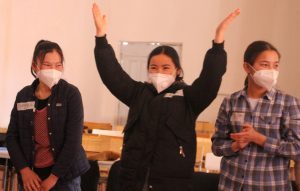
Recent Comments